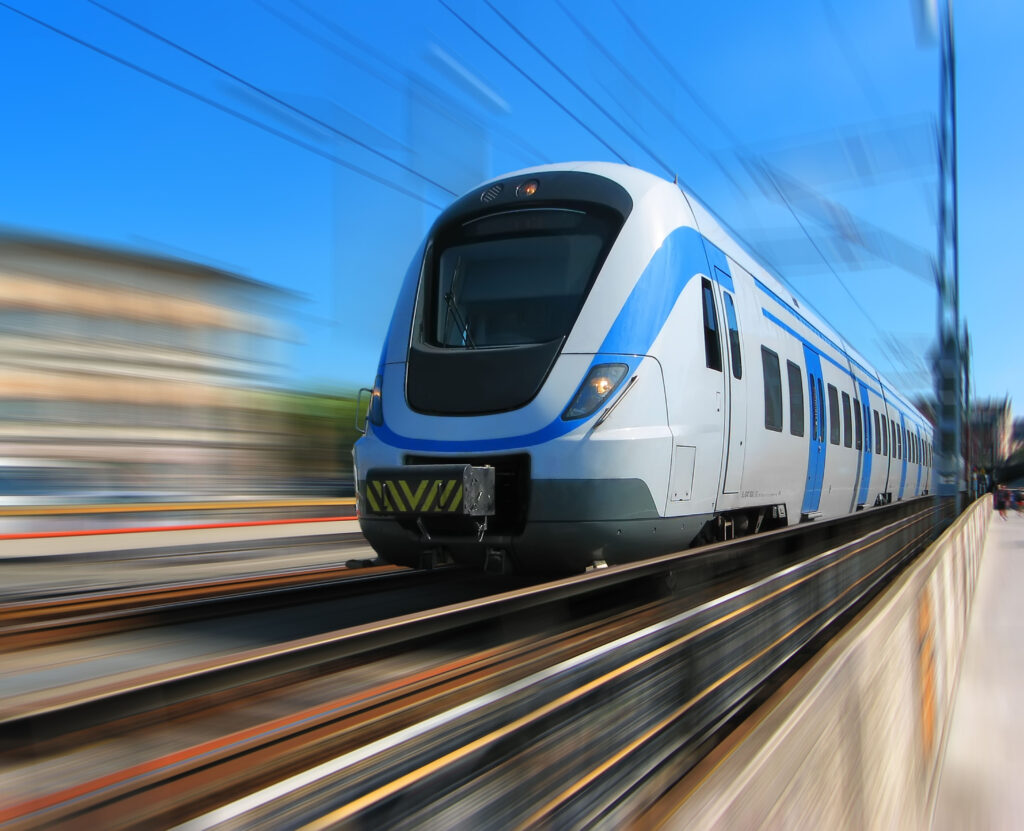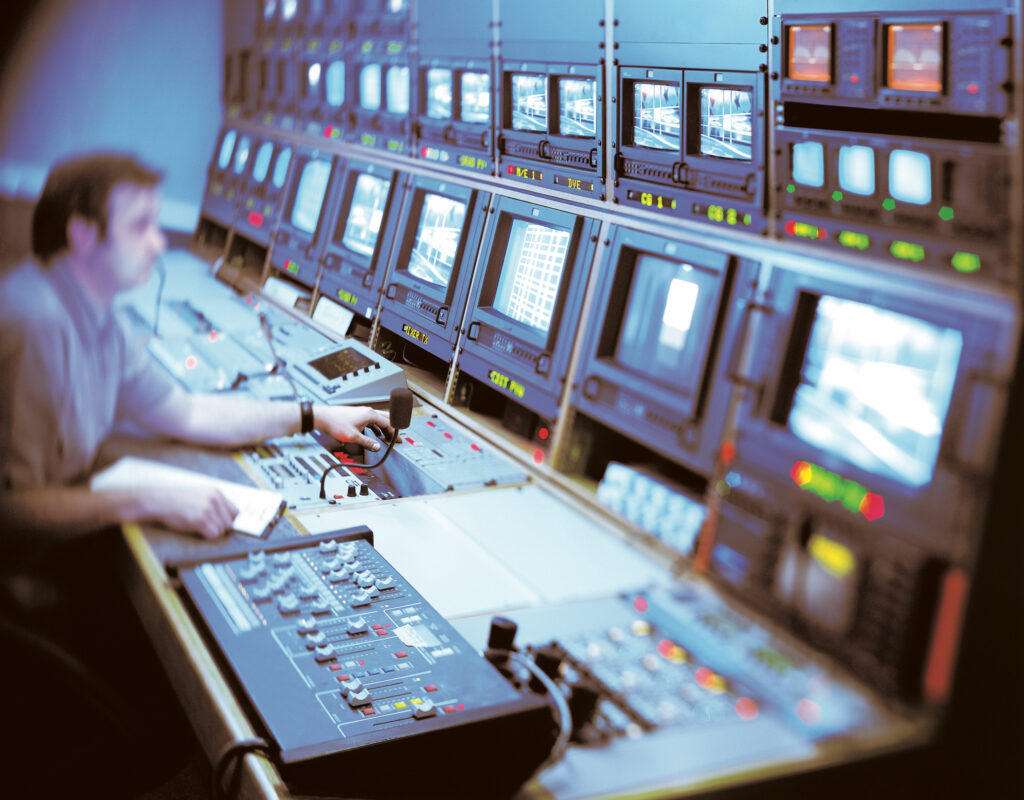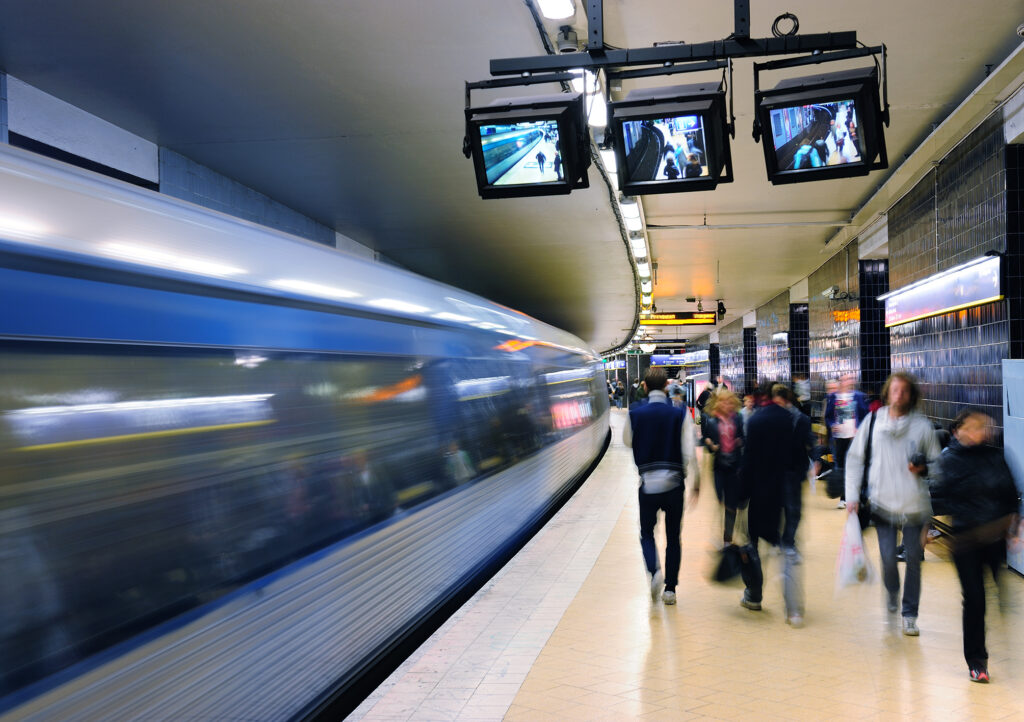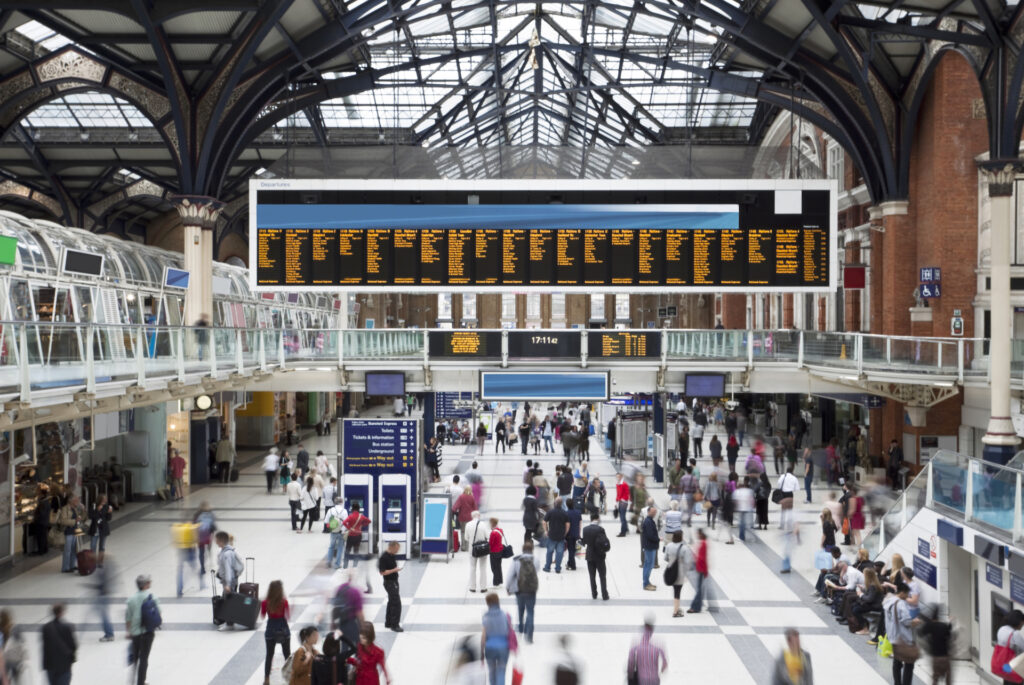The application of AI-inspired technologies will help create a safer, smarter and more passenger-friendly rail network
By Christian Marez, senior business development manager for transportation and defense, ADLINK

Railways provide the backbone of a sustainable transport system. Across the world, the age-old concept of steel wheels on steel tracks continues to offer a primary means of moving people and goods in a safe and reliable manner.
Indeed, the enduring popularity of rail means that the global passenger rail market is expected to grow to $252 billion by 2024, while the rail freight sector will be worth $114 billion within that time frame. This continued expansion should be welcomed from an environmental perspective: urban rail has been shown to be 7 times more energy-efficient per passenger than car travel, and high-speed rail is 3.4 times less polluting than air travel. So, as trends such as global population expansion and increased urbanization continue to take hold, railways look set to represent an increasingly important transport solution.
Remaining fit for the future
However, certain challenges lie ahead if railways are to maintain popularity and better compete with other modes of transport. Historically, the global railway industry has been relatively conservative in its nature, with a reliance on tried and trusted technologies that have stood the test of time. Yet, conversely, passengers have become more tech-savvy. Since the introduction of the smartphone, they want and expect an enhanced customer experience, with demand for improved services such as fast and consistent onboard WiFi, more convenient electronic ticketing and real-time journey updates.

Railway operators also face a constant struggle to manage aging and dense infrastructure in a more streamlined way. There is a pressing need to improve operational efficiency, particularly by implementing more predictive maintenance methodologies that can flag potential problems before they arise. This kind of strategy is deemed crucial to delivering more profitable operations, providing an opportunity to re-invest in the network.
The COVID-19 pandemic adds one more challenge to the mix. While passenger numbers are expected to rebound as national lockdowns come to an end, there will be a need for additional focus on sanitization and social distancing. Safety in terms of tracks and rolling stock has always been a critical consideration on the rail network – but it is now a more multifaceted concern.
Technology comes to the fore
There is clearly no room for complacency, then, if rail is to remain relevant over the longer-term. In response to many of these emerging challenges, the railway industry is turning towards digitalization to deliver smarter solutions to meet customer needs. Several technology trends such as IoT, 5G multi-access edge computing (5G MEC), artificial intelligence (AI), big data, cloud computing, and blockchain are coming together in increasingly innovative ways to drive change at every point on the rail network.

AI will be particularly critical to this journey of digital transformation. The use of smart sensors and ubiquitous connectivity means railway systems are producing more data than ever before, leaving operators with a data deluge. Increasingly, AI will be applied to unlock the value of this information, providing operators with actionable insight for decision-making, and even generating an automated response where appropriate.
It is only through the application of AI that the true power of data, analytics, and the cloud can be harnessed to improve the passenger experience, rail operations, asset maintenance, and safety and security. Ultimately this will result in increased customer satisfaction and revenues and decreased costs.
Digitalization in action
What will this mean in practice, though, from the perspective of passengers and operators alike? From the moment a passenger enters a station, sensor-based systems could provide automatic facemask detection and thermal monitoring, alerting station managers to non-compliance or potential ill-health.
Meanwhile, customers can make use of touchless hand sanitizing for additional hygiene purposes. Check-in can also be managed through touchless ticketing and bag check kiosks, with automated fare collection via smartphones.

Navigation could also be transformed by digitalization. The application of sensors and vision systems can perform tasks such as people counting, leading to the implementation of more dynamic signage that is automatically adjusted to reflect passenger flows. Similarly, passenger information systems become more responsive and up to date, providing real-time insight into carriage occupancy levels as passengers attempt to board their train. Improved WiFi and 5G connectivity – both in the station and on the train – will deliver low-latency connectivity, allowing passengers to work or relax without constraint.
Train operators can derive significant efficiency benefits, too. Sensors can be applied to high-risk assets, such as train doors, pantographs, or wheelsets to detect abnormalities and avoid operational breakdowns or failures. Additionally, sensors fitted underneath rolling stock floors can be used to monitor track as the train moves forward; with this asset-health data providing operators with better condition monitoring – reducing unexpected faults. Meanwhile, obstacle and intrusion detection systems could be used to detect wayside debris, animals, humans, or vehicles along or crossing the rail tracks, with the ability to alert operators or initiate an immediate autonomous response.
Automatic train protection is another exciting area of digitalization. Currently, railway tracks are split up into different “blocks” with ground equipment used to detect when a train is within proximity. Signals then notify oncoming trains if a block is safe to enter. With this system, however, the exact location of a train is not known, and this can lead to restriction on service regularity.
Now, though, advances in AI help underpin the implementation of more automated train operation – with in-cab signalling and speed control systems supported by technology that calculates optimized speed and trajectories based on an array of factors such as track capacity, weather conditions, and timetable planning. AI-video analytics triangulate a train’s exact location and communicate this back to train control and to other trains in the network. These advanced positioning systems could allow trains to travel closer together – increasing capacity and reducing bottlenecks on the tracks.
And, finally, there is video security across the network. Video analytics with AI at the edge can help turn traditional CCTV systems into intelligent real-monitoring systems capable of detecting suspicious behaviour on trains or in stations, spotting train vandalism, or detect passengers that attempt to bypass ticketing gates. These added capabilities relieve operators of constantly monitoring security feed, freeing up employees to perform other tasks.
The power of partnership
There is no doubt, then, that digitalization and AI application have huge potential on the railways. However, the challenge for operators is to bring this kind of innovation to market in a cost-effective and outcome-focussed way. This requires high-performance technologies for networking, connectivity, data processing and AI to work seamlessly together – often in harsh outdoor environments where factors such as temperature and vibration come into play.
The answer for rail system integrators and operators is to work with trusted technology providers who can manage the unique characteristics of the railway environment. Equipment needs to be customized and ruggedized, where applicable, and certified to conform with global compliance and safety standards. System suppliers must be able to propose extended life solutions and support and be capable of offering added value through software-based product design services that speed up time-to-market.
Strategic partnerships can provide the proven capabilities necessary to bring this to life, for example ADLINK’s partnership with Intel. This arrangement has resulted in a broad range of rail-ready products that allow railway organizations to digitize operations and develop AI-at-the-edge applications that unlock the power of data.
Rail companies can get started on this process by implementing a four-step process – assess and define the future; create a plan; start small and move fast, and share learnings and iterate.
In this way, by harnessing the power of partnership, companies can set about digitizing the railway quickly and efficiently, and for the benefit of all.
No comments:
Post a Comment